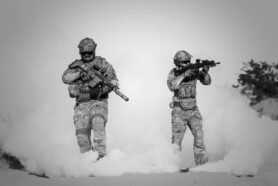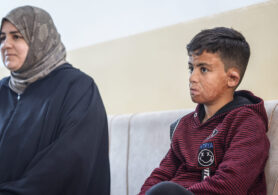In this essay for Critical Studies on Security, Derek Gregory examines the “radical and devastating bioconvergence” between remotely-piloted vehicles and the bodies on the receiving end of their violence. Orientated around a 2010 drone strike in Afghanistan’s Uruzgan province in which somewhere between 16 and 23 civilians were killed (the devastation being so total it is impossible to definitively conclude), Gregory’s commentary charts the events that follow as US Army investigators examine the scene. Drawing on the (heavily redacted) files of the Army investigation itself and the Sonia Kennebeck film National Bird (2016), Gregory pieces together the evidential fragments and debris of the strike in forensic detail. The corporeality of the victims is at the forefront of analysis, humanising that which is so-often dehumanised in this form of war. Gregory juxtaposes the “biomedical gaze” of the investigation report, reducing survivors to “a series of visible wounds and vital signs,” with the unbearably human realities of a five year old boy who is “much more than an inventory of injuries.” The jarring contrast between the technical means of remote warfare and the human ends it produces makes for uncomfortable but profoundly worthwhile reading.
Source:



